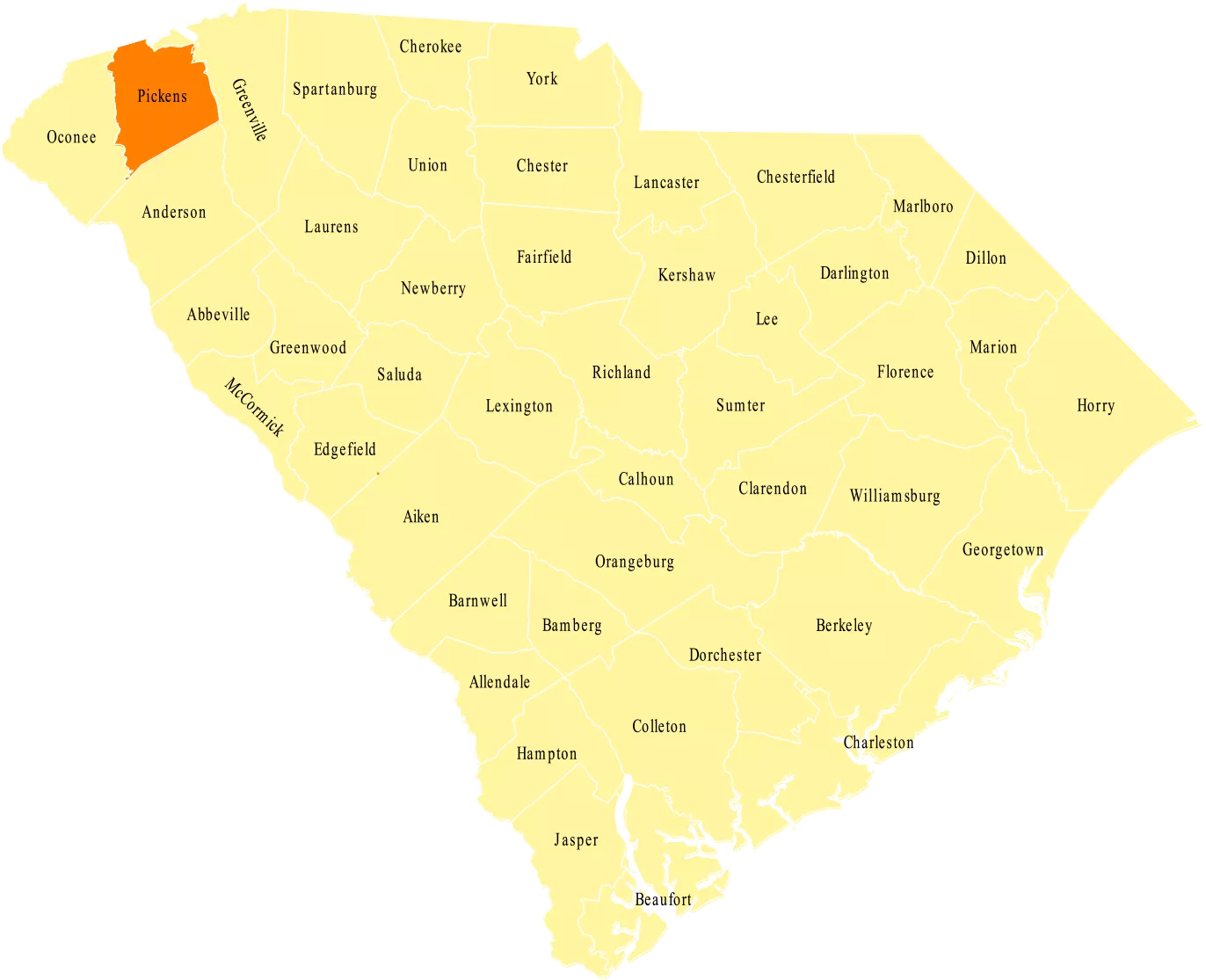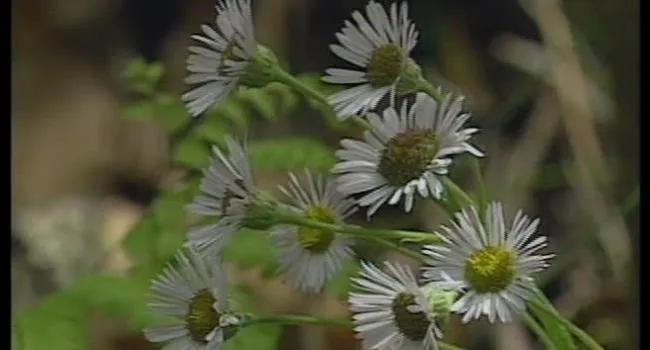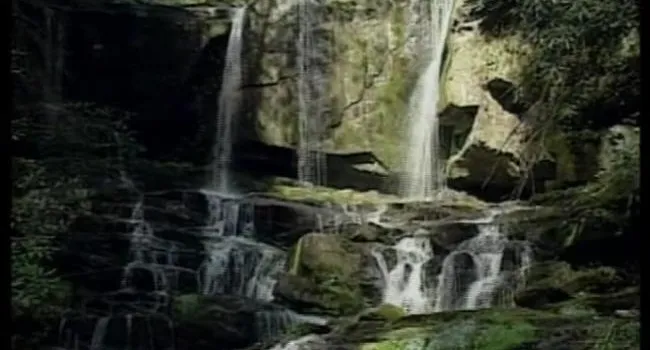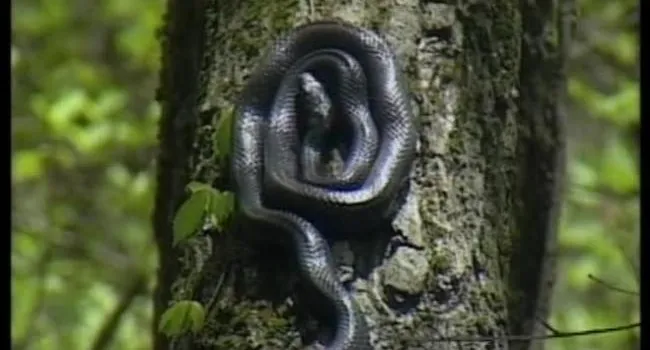
Video
Rudy and Jim analyze the geographic features of the creek, around with some of the plant life growing in the area: White Pines, Wild Geranium flowers, Mountain Laurel, Liverwort, Maidenhair Fern,...
Pickens County lies in the northwestern part of South Carolina. Both the county and its seat are named in honor of Revolutionary War general Andrew Pickens.
Cherokee Indians inhabited the area first. However, they often fought with the settlers, so the settlers constructed Fort Prince George in 1753 to keep themselves safe. Much of the Cherokee War took place at this fort. Eventually, the Native Americans ceded control of the region to the United States via a treaty in 1777. As a result of this treaty, the land was absorbed into the Pendleton District. In 1826, this district split into two counties, one of which was Pickens County.
For most of its history, Pickens County’s economy depended on either the growing of cotton or the processing of cotton in textile mills. However, in recent decades manufacturing has become an important and diverse industry in the area.
Notable Pickens County residents include John C. Calhoun and his son-in-law Thomas Green Clemson, who gave his father-in-law’s land to the state so that they could establish an agricultural college. This agricultural college later became Clemson University.
History. Accessed June 10, 2016. http://www.co.pickens.sc.us/History/default.aspx

Video
Rudy and Jim analyze the geographic features of the creek, around with some of the plant life growing in the area: White Pines, Wild Geranium flowers, Mountain Laurel, Liverwort, Maidenhair Fern,...
Video
Lake Jocassee – Here, standing on a rock outcropping, Rudy and Jim analyze Lake Jocassee’s geographic features, along with the variety of trees found around the lake: White Pine, Virginia Pine, and...
Video
Old Farm Road – While walking down this old farm road, Rudy and Jim come across a Sweetgum tree which has been chewed by a beaver. The beavers in the area have built a dam, thus creating a new habitat...
Video
Poor Robin’s Plantain is another common flower found in the area. A Silver Spotted Skipper butterfly is seen gathering nectar from one of these flowers, and Rudy and Jim revisit the Black Rat Snake...
Video
Close to the waterfall, Bluet flowers, Saxifrage, Butterweed, Spicebush, Mountain Buckeye trees, Dutchman’s Pipe vines, Wild Yam, Partridgeberry, and Long Spurred violets dominate cool, moist...
Video
Foothills Trail – In one of the oak trees in a drop off area, Rudy and Jim spot a coiled up Black Rat Snake.
Video
At this next stop, close to the water, we see an abundant variety of flowering plants: Mayapples, Foamflowers, Showy Orchis, Little Sweet Betsy, Jack-in-the-Pulpit, and Allegheny Spurge.
Video
At this next stop, we see Shortia plants, Rhododendron, Eastern Hemlock, Fraser Magnolia, and Maroon Sweetshrub.
Video
Today, Rudy and Jim visit Jocassee Gorges, known all over the world for its mix of hardwood and conifer trees, along with its variety of wild flowers. At this first stop, Rudy and Jim come across...
Video
Right beside Rudy and Jim, we see several vines: Virginia Creeper, Poison Ivy, and Blackberry. Some of the trees in the area are Black Birch and Tuliptree. Some Wild Strawberry can be seen as well...